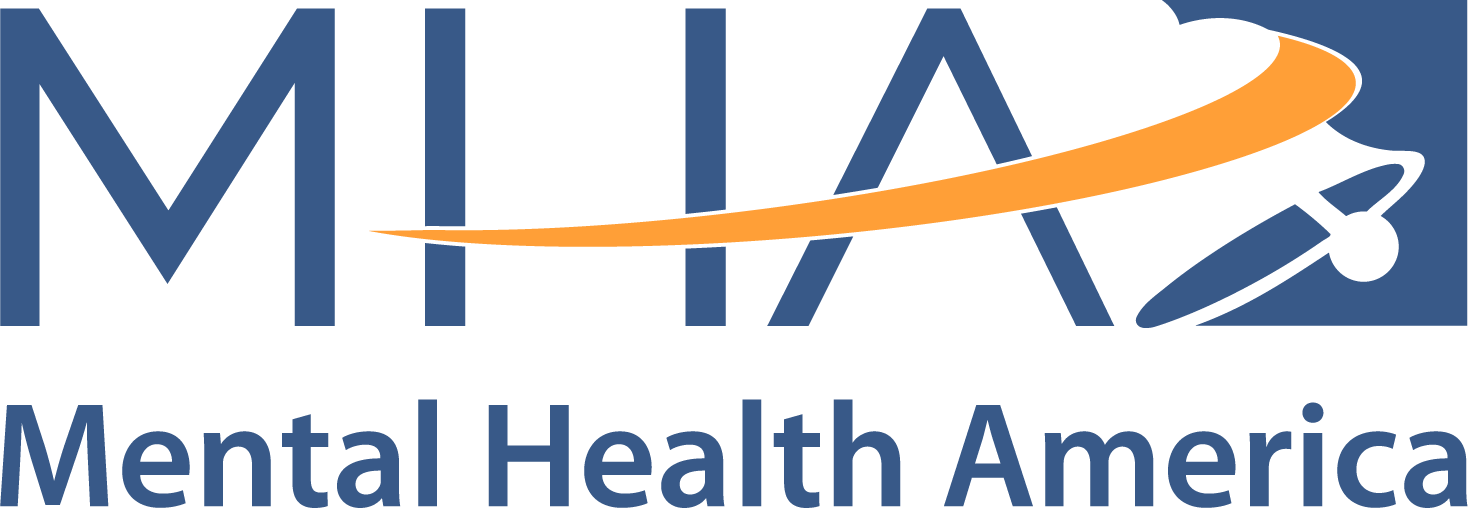From time to time we all may have trouble focusing or remembering things due to life experiences, anxiety or other mental health conditions, or other circumstances. But people living with one of the three different types of ADHD—attention-deficit/ hyperactivity disorder—may experience inattention, forgetfulness, hyperactivity, or impulsivity in their daily lives. And while not all people with ADHD have the same experiences or symptoms, there are common behaviors associated with each type of the three types of ADHD.
Hyperactive-impulsive type ADHD
Hyperactive-impulsive type ADHD is the least common type of ADHD, but it tends to be the most visible. [1] This type of ADHD presents as symptoms of hyperactivity and impulsivity without symptoms of inattention. Someone living with hyperactive-impulsive type of ADHD may feel restless and fidget frequently. They also may find it difficult to be patient and wait their turn or wait for directions. They may act impulsively without thinking and interrupt others. [2] Other symptoms that they may experience include [3] [4]:
- Excessive tapping or talking
- Difficulty sitting still
- Interrupting others
- Always “on the go” as if driven by a motor
- Moves around constantly even in situations where it’s not appropriate
- Difficulty with self-control
- Often acting without thinking
- Making decisions before considering long-term consequences
- Needing immediate rewards
Inattentive type ADHD
People with inattentive type ADHD experience mainly the inattentive symptoms of ADHD. These include lack of focus and being distracted without symptoms of hyperactivity and impulsivity. This type of ADHD often goes undiagnosed because it’s not as noticeable or disruptive as the hyperactive-impulsive type. For example, children with hyperactive-impulsive type ADHD may interrupt in class making their symptoms hard to ignore. But children with inattentive type ADHD may just look like they’re daydreaming a lot. This type is also more common in girls and is part of the reason that many girls living with ADHD are underdiagnosed. [1]
Someone living with inattentive type may become easily distracted. They also may have trouble staying organized, following directions, and remembering daily activities and routines. [2] Other symptoms that they may experience include [3] [4]:
- Often fails to give close attention or makes careless mistakes
- Often has trouble holding attention on tasks and/or activities
- Avoid or dislikes tasks that require sustained mental effort
- Is often easily distracted
- Often losing things needed for tasks like school papers, keys, wallet, phone, etc.
- Often forgets daily tasks such as chores or errands
Combined type ADHD
Looking back on it all now, I also recognize patterns of struggling to comprehend lengthy reading, forgetting to do certain tasks, losing things all the time, ignoring clutter until it’s too unmanageable, and being clumsy. I had so little knowledge that I was a combined type until recently, but looking back it all makes sense. Yes, some of my ADHD traits have made life really difficult for me, but now I realize that a lot of those traits have also been strengths in my life.
Combined type is the most common type of ADHD. [1] This type of ADHD is called “combined” because it includes both the inattentive and hyperactive-impulsive symptoms of ADHD. This means that someone who has combined type shows ADHD symptoms that are inattentive, hyperactive, and impulsive. Someone living with combined type may experience forgetting daily tasks such as chores and being easily distracted in addition to feeling restless, talking excessively, and/or feeling impatient. [2]
If you think you might have ADHD, consider taking our ADHD test. While it is not an official diagnosis, it can help you start a conversation with a mental health professional. You can also check out Children and Adults with Attention Deficit/ Hyperactivity Disorder (CHADD) for additional resources and support.
- Johns Hopkins Medicine. (2022) Attention-Deficit / Hyperactivity Disorder (ADHD) in Children. Health. https://www.hopkinsmedicine.org/health/conditions-and-diseases/adhdadd
- Centers for Disease Control. (2021, September 23) Types of ADHD. https://www.cdc.gov/ncbddd/adhd/facts.html#Types
- Centers for Disease Control. (2021, September 23) Symptoms and Diagnosis of ADHD. https://www.cdc.gov/ncbddd/adhd/diagnosis.html
- National Institute of Mental Health. (2021, September). Attention-Deficit/Hyperactivity Disorder.https://www.nimh.nih.gov/health/topics/attention-deficit-hyperactivity-disorder-adhd
